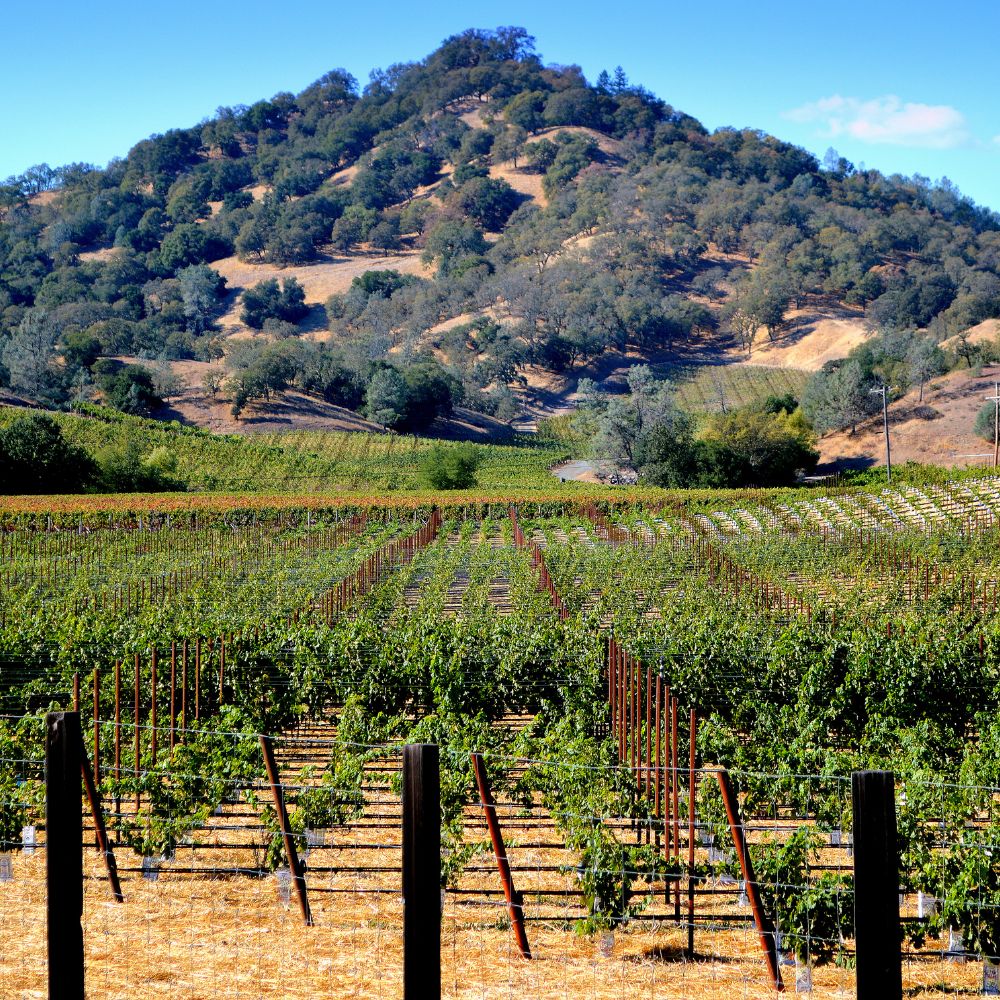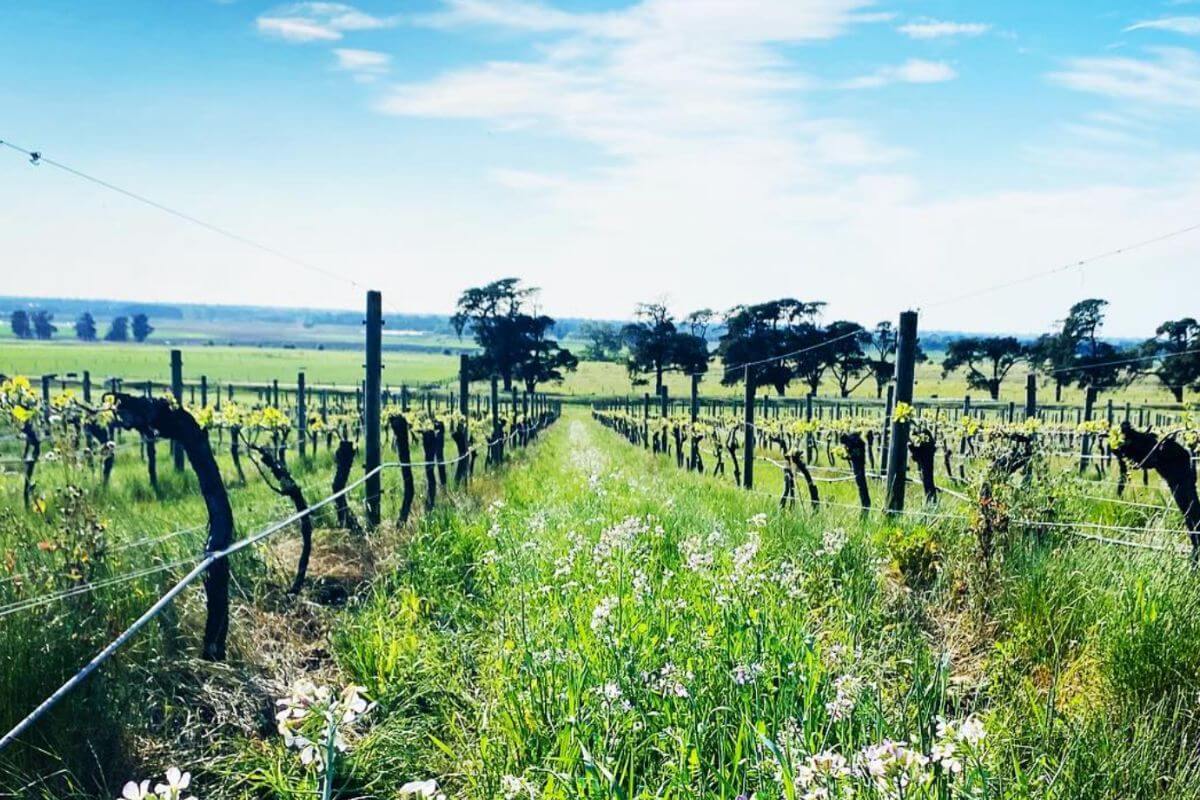When you think of great American wines, chances are Zinfandel springs to mind. Bold, fruit-packed and full of personality, Zinfandel has become one of California’s defining red grapes. But its story begins far from the sun-drenched vineyards of Napa and Sonoma…
A Croatian Beginning
Long before it was filling your glass with luscious berry fruit and warming spice, Zinfandel was hanging out in Dalmatia, on Croatia’s sun-drenched coast. Back then, it went by the less catchy name Crljenak Kaštelanski (try saying that after a glass or two).
It lived a quiet life near the town of Kaštela, near Split – until someone had the bright idea to row it across the Adriatic to Italy in the 1700s.
An Italian Chapter
In Puglia, the grape got a rebrand. Locals noticed it ripened early in the season and named it Primitivo – from primitivus, meaning “first” or “early.” For a while, it was mostly used for blending and didn’t exactly turn heads.
Then came the EU vine pull scheme in the 20th century – bad news for gnarly old bush vines like Primitivo. Many were grubbed up in favour of higher-yielding (read: less interesting) varieties.
But, a plot twist: DNA testing in 1994 revealed that Primitivo was Zinfandel all along. Italian growers were suddenly allowed to label their wines as Zinfandel for export – and the world took notice. Sales soared, prices rose, and the old bush vines? Suddenly cool again.
California: A New Home and a New Identity
Zinfandel made it to California in the 1850s – one of the first European grapes to hit the Gold Rush. It turned out to be a dream for growers: tough, adaptable, and generous with fruit. Before long, it was the grape of choice in regions like Lodi, where sandy soils helped it avoid the dreaded phylloxera plague.
Today, Zin is California’s swaggering signature red. It’s bold, ripe, often a little spicy, and totally unapologetic. And thanks to some very old vines (we’re talking 100+ years in some cases), many wines have amazing depth and complexity.
Three Zinfandels to Fall For
Whether you’re new to Zin or already obsessed, these three wines show what makes California’s version of the grape so special:
Cline Old Vine Zinfandel 2022 – £18
From a lovely family-run winery in Sonoma, this Zin is made with grapes from historic Lodi vineyards. Expect black cherry, strawberry, five-spice and a smooth, gently oaked finish. A proper weeknight winner. Sustainable | Fruit-forward | Crowd-pleaser
 Just love this road sign outside Cline Cellars!
Just love this road sign outside Cline Cellars!
Turley Juvenile Zinfandel 2023 – £35.75
From some of California’s most revered old vineyards, this younger-vine Zin bursts with ripe berries, fennel, floral notes and herbs. Naturally fermented and aged in mostly old oak, it’s punchy but polished. Roast chicken or BBQ? Yes please.
Vibrant | Wild berries | Serious zip

Harvest time with Turley’s winemaker Tegan Passalacqua
Turley Old Vines Zinfandel 2022 – £42.50 This is a wine that means business. Made from vines around 80 years old across 18 vineyards, it’s rich, bold and complex with flavours of blackberry, liquorice and cracked pepper but still with a remarkable freshness. I’d recommend decanting it and maybe even hiding it from your housemates.
Dark | Spicy | Deep-thinking Zin
Why I Love Zin (and Think You Might Too)
For me, Zinfandel is one of those grapes that tells a story in a glass. It’s got history, resilience, a bit of swagger – and it’s incredibly versatile, whether you’re after a juicy weeknight red or something more contemplative and age-worthy.



